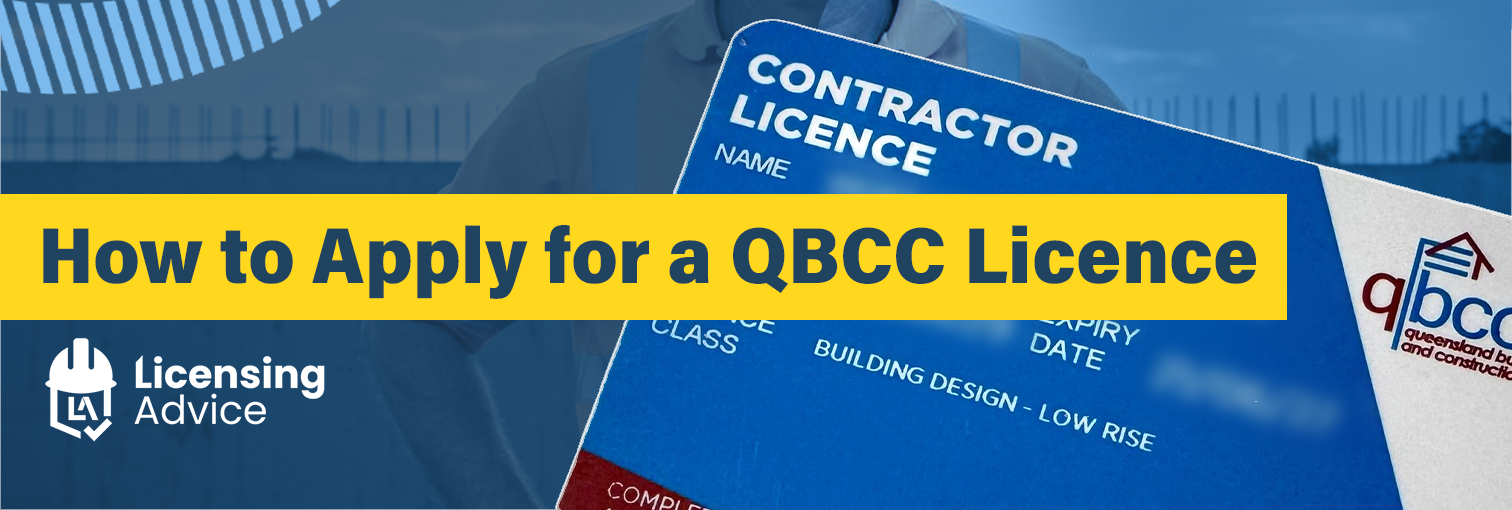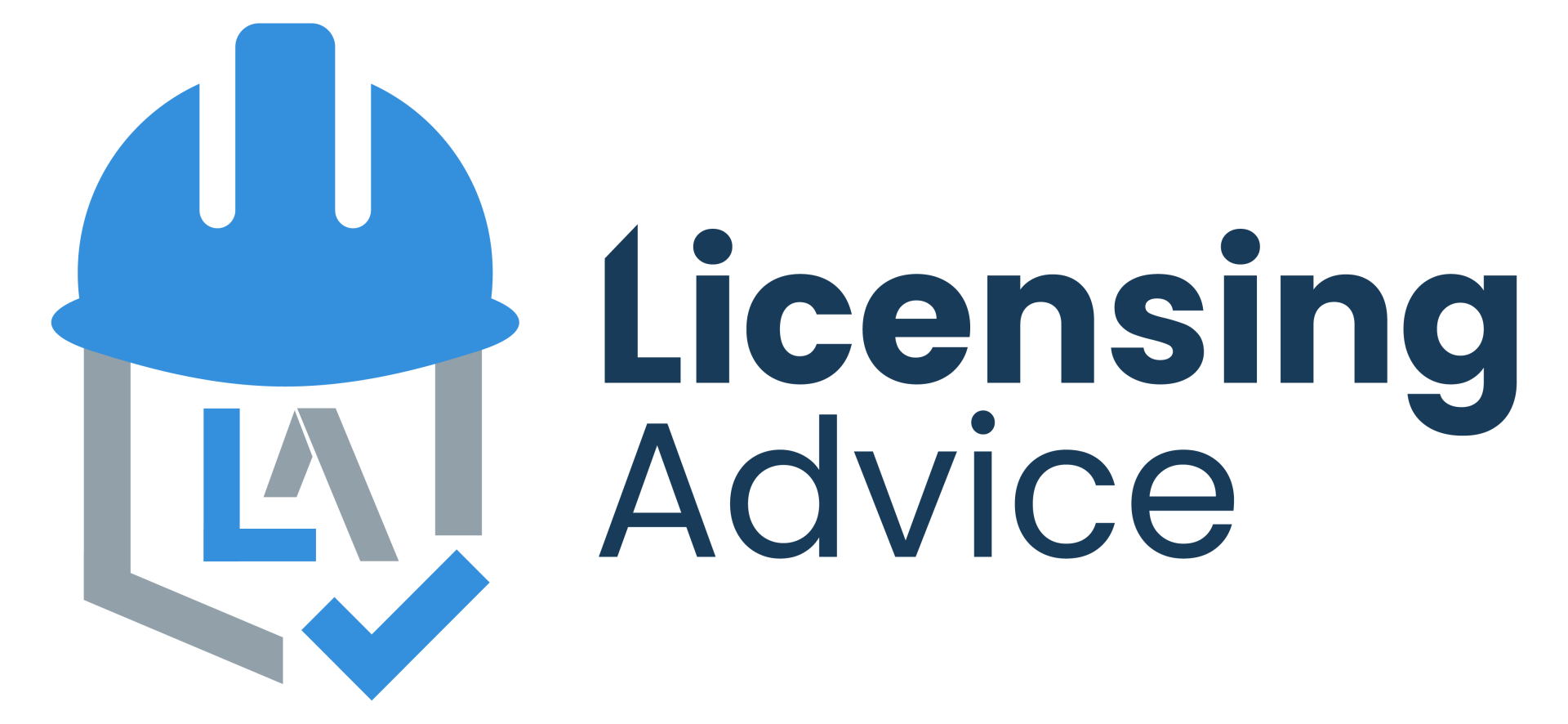
How to Apply for a QBCC Licence in Queensland: Avoid Common Mistakes with Licensing Advice
If you’re a tradie or builder in Queensland looking to carry out or supervise building work valued over $3,300 (including labour, materials, and GST), you’ll need a Queensland Building and Construction Commission (QBCC) licence. Whether you’re applying for a trade contractor licence (e.g., plumbing, carpentry, or electrical) or a builder’s licence (low rise, medium rise, or open), the application process can be complex and time-consuming. In this guide, we’ll walk you through the steps to apply for a QBCC licence, highlight common mistakes applicants make, and explain why partnering with Licensing Advice can save you time, stress, and potential rejection.
Understanding the QBCC Licence Application Process
The QBCC is Queensland’s licensing regulator for the building and construction industry, overseeing more than 80 licence types, including trade contractor and builder licences. Here’s a clear outline of the steps to apply for a QBCC licence:
1. Check Your Eligibility
Before applying, confirm you meet the QBCC’s eligibility criteria. These vary depending on the licence type (like a trade contractor or builder) but generally include:
- Qualifications: You need relevant technical qualifications, such as a completed apprenticeship, certificate, or diploma for trade licences, or specific certifications for builder licences.
- Experience: Demonstrating relevant practical experience is critical. For example, builder licences often require evidence of at least 2 to 4 years of experience, depending on the class.
- Financial Requirements: You must meet the QBCC’s Minimum Financial Requirements (MFR), which may involve providing financial statements or a report from a qualified accountant.
- Managerial Course: For trade contractor or nominee supervisor licences, you must complete a QBCC approved Managerial Course.
Tip: Check the QBCC website for specific eligibility details for your desired licence class, as requirements differ for trades like plumbing, drainage, or fire protection versus builder licences.
2. Gather Required Documentation
You’ll need to submit a completed application form along with supporting documents, such as:
- Proof of qualifications (certificates or transcripts).
- Evidence of experience (references, work logs, or project records).
- Financial documentation (balance sheets or accountant reports).
- A photo ID that meets QBCC’s requirements.
- For mutual recognition (if you’re licensed in another state or New Zealand), additional documents proving your existing licence.
Note: Incomplete or incorrect documentation is a leading cause of application delays or rejections.
3. Complete the Application Form
Download the appropriate QBCC licence application form from the QBCC website. There are specific forms for trade contractor licences, builder licences, and other categories like fire protection or building design. Ensure you select the correct form for your trade or licence class.
4. Pay the Application Fee
The QBCC charges a non-refundable application fee, which varies based on your business revenue. Check the QBCC website for the latest fee structure, as it can range from a few hundred dollars for individuals to higher amounts for companies with larger turnovers.
5. Submit Your Application
Submit your completed application and supporting documents to the QBCC, either online or by mail. The QBCC typically takes 6 to 8 weeks to process applications, provided all documents are correct and complete.
6. Approval and Issuance
If your application meets all requirements, the QBCC will approve it and issue your licence. You’ll receive a letter with your licence number and a photo ID card. If there are issues, the QBCC may request additional information, which can delay the process.
Common Mistakes Applicants Make (and How to Avoid Them)
The QBCC application process is detailed, and many applicants trip up due to avoidable errors. Here are the most common mistakes and how to steer clear of them:
1. Incomplete or Incorrect Documentation
Many applicants fail to provide all required documents or submit outdated or incorrect forms. For example, missing a single reference letter or failing to provide the correct certified copies of qualifications can lead to very common rejections. This is one of the most common reasons applications are delayed or denied, as the QBCC has strict requirements for documentation.
How to Avoid: Partner with Licensing Advice to ensure your application is complete and meets all QBCC requirements. Our team meticulously reviews your documents, from qualifications to references, to confirm they are current, certified (if required), and fully compliant before submission. This thorough pre-submission check minimizes the risk of delays or rejections.
2. Insufficient Evidence of Experience
The QBCC requires detailed evidence of your practical experience, but some applicants submit vague or incomplete records, such as references that don’t specify project details or timeframes.
How to Avoid: Provide clear, detailed evidence of your work history, including project descriptions, dates, and references from supervisors or clients. If you’re unsure what qualifies, Licensing Advice can help assess your experience, identify gaps, and ensure that everything is covered within your application.
3. Misunderstanding Financial Requirements
The QBCC’s Minimum Financial Requirements can be complex, especially for builder licences. Applicants often submit incomplete financial records or fail to meet the required net tangible assets threshold.
How to Avoid: You could work with a qualified accountant familiar with QBCC requirements to prepare your financial documents. Licensing Advice can ensure that your QBCC licence application covers the correct financial requirements to avoid rejection.
4. Choosing the Wrong Licence Class
With over 80 licence types, it’s easy to apply for the wrong one. For example, applying for a builder’s low rise licence when your work involves medium rise projects can lead to rejection or scope limitations.
How to Avoid: Research the specific licence class that matches your trade or work scope. Licensing Advice’s experts can guide you to the right class based on your skills and goals.
5. Not Completing the Managerial Course
For trade contractor or nominee supervisor licences, the QBCC approved Managerial Course is mandatory. Some applicants overlook this requirement or assume prior experience exempts them.
How to Avoid: Enrol in and complete the QBCC approved Course before applying. At Licensing Advice we have training partners that we can refer you to who are well aware of specific QBCC requirements in this regard.
Why You Should Choose Licensing Advice for Your QBCC Licence Application
Navigating the QBCC licence application process can feel like a minefield, especially for first time applicants or those unfamiliar with Queensland’s regulations. That’s where Licensing Advice comes in. Our team of licensing specialists takes the confusion and risk out of the process by offering:
- Expert Guidance: We assess your qualifications, experience, and financial records to ensure you meet QBCC requirements before you apply.
- Tailored Support: We help you choose the right licence class and prepare accurate, complete documentation to minimise delays or rejections.
- Time Savings: Our streamlined process reduces the time and effort you spend on paperwork, letting you focus on your trade or business.
- Peace of Mind: With our in depth knowledge of QBCC regulations, we reduce the risk of costly mistakes or application denials.
By partnering with Licensing Advice, you’re not just filling out forms, you’re working with professionals who understand the intricacies of the QBCC system and are committed to getting your licence approved efficiently.
Ready to Get Started?
Applying for a QBCC licence doesn’t have to be overwhelming. Whether you’re a tradie looking for a trade contractor licence or a builder aiming for a low rise, medium rise, or open licence, Licensing Advice is here to simplify the process. Contact our team today to assess your eligibility, identify the right licence class, and submit a rock solid application the first time.
For the most up to date information on QBCC requirements, you can visit www.qbcc.qld.gov.au or give our team a call on 07 3059 9890. Ready to take the next step? Reach out to Licensing Advice for expert support and let us help you secure your QBCC licence with confidence.
Need assistance with your Application?
Book your FREE 15 Minute Consultation with our Licensing Experts to get your Trade or Builders Licence underway!






